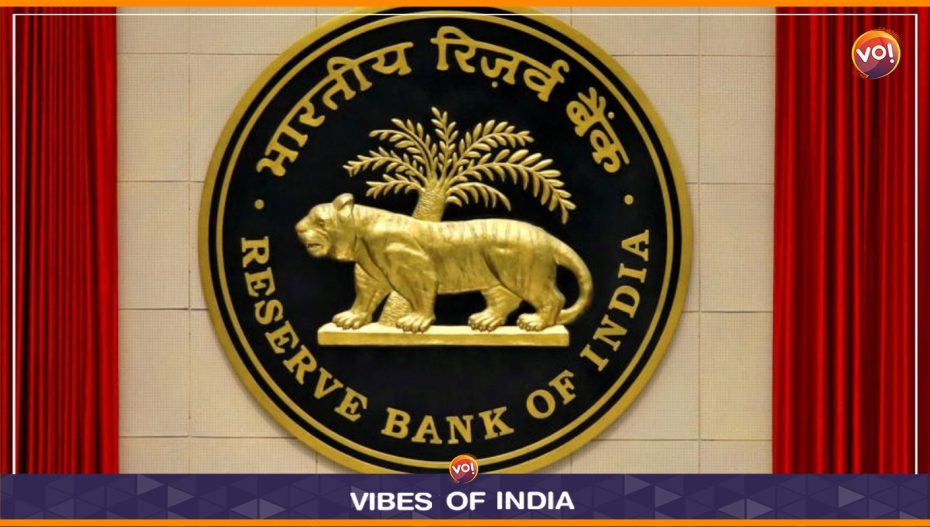The Government of India announced the launch of the Digital Rupee — a Central Bank Digital Currency (CBDC) — onwards FY 2022-23 in the Union Budget placed in the Parliament on February 01, 2022. Basically, the CBDC has components based on blockchain technology.
Finally, in December 2022, the central bank launched a pilot for retail digital Rupee (e₹-R), or retail central bank digital currency (CBDC). Taking it further, the RBI has now authorised use of digital currency in the many small and popular eateries in Delhi’s Chandini Chowk. Being used as a testing ground, if successful, it is expected to transform the way digital transactions are done across the country.
The pilot phase which took off in December has so far seen 7,70,000 transactions. “However, there are of small value and the amount is small,” stated RBI Deputy Governor T Rabi Sankar. He added that at present more than 50,000 users and over 5,000 merchants are using retail digital rupee for transactions. Eight banks, including the country’s largest lender, State Bank of India, are taking part.
The Central bank is following a gradual approach and has also launched a massive outreach programme across cities and is seeking feedback from students, traders and other potential users of the digital currency. “The digital rupee is aimed to complement rather than replace the current forms of money. It is being touted as an alternative means of payment, without replacing any of the existing modes,” shared RBI executive director, Ajay Kumar Choudhary.
Lauding the push to the launch, industrialist and Twitter user, Anand Mahindra complimented saying: “Went ahead and bought pomegranates! Digital India in action.”
Nearly 115 countries, representing nearly 95% of the global GDP, are exploring CBDCs. Of these, about 60 nations are in an advanced phase of the experiment. About 18 of the participating G20 countries are also exploring digital money.
Also Read: Ahmedabad Police Swoop Down On Gambling Den, Liquor Seller, In Amraiwadi












